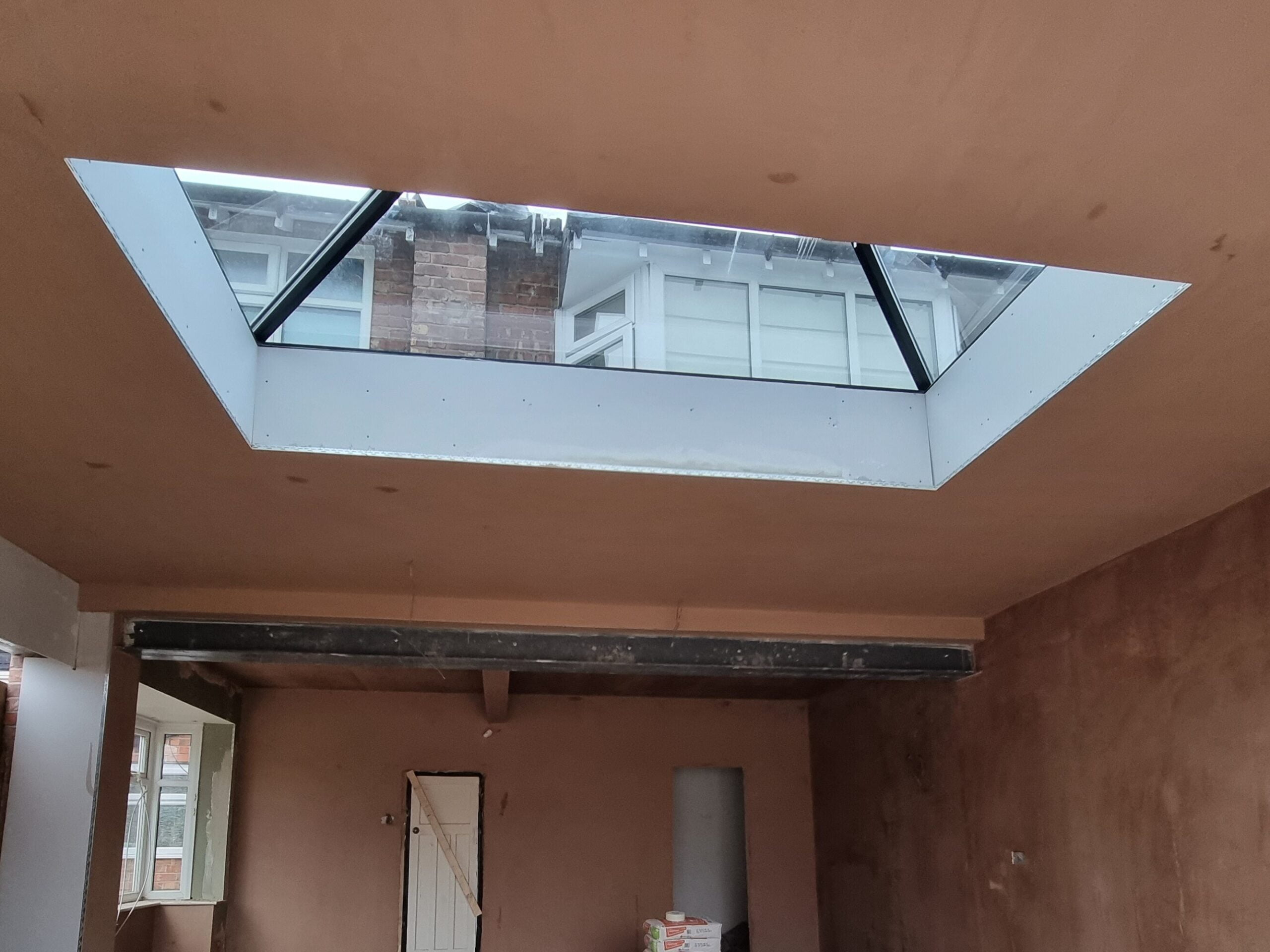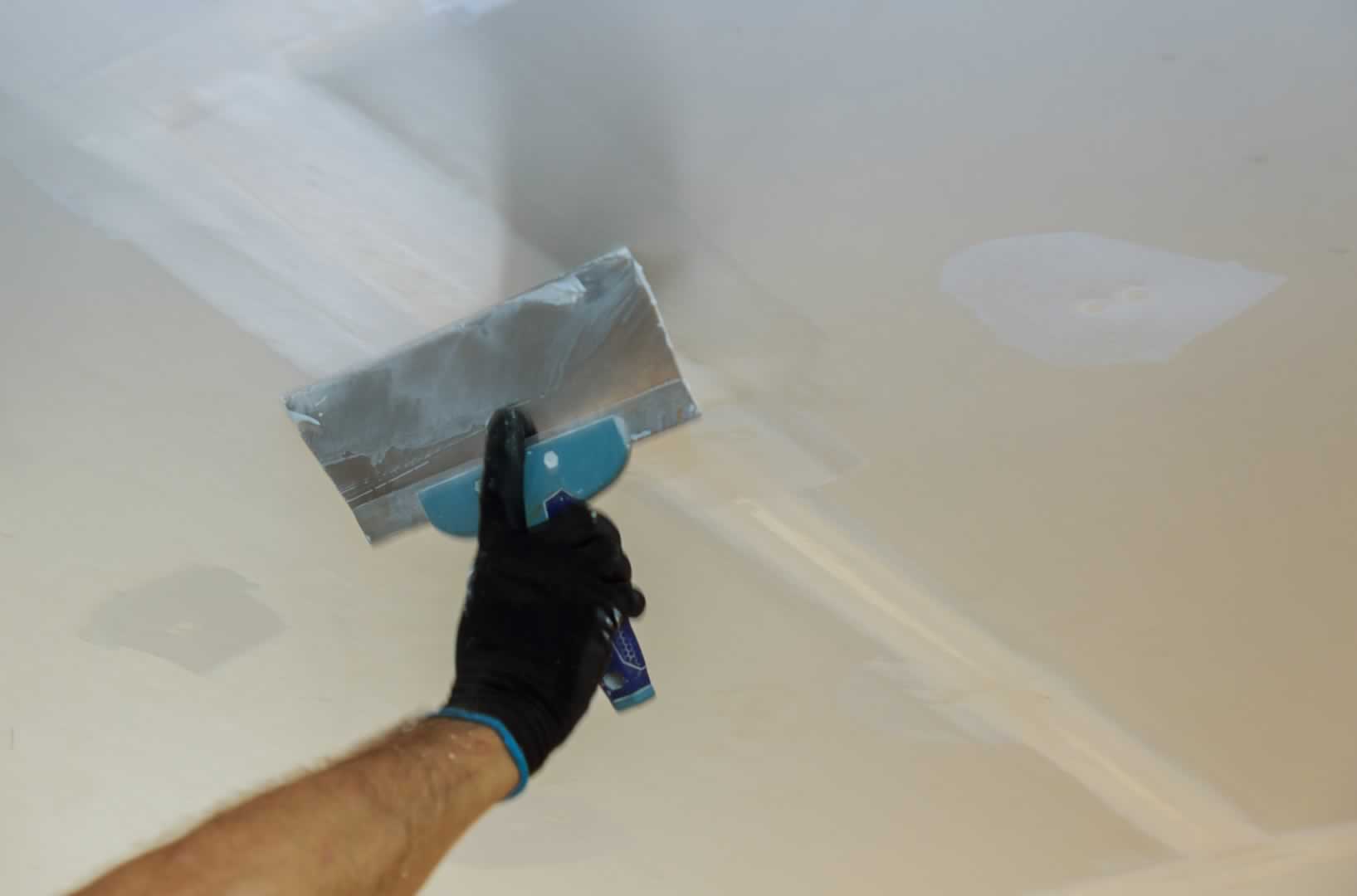Trick Tips and Equipment for Effective Smudging in Your Home Renovation Undertakings
Accomplishing a remarkable plaster coating in your home improvement jobs requires a blend of the right devices and proven methods. Recognizing the nuances of mixing plaster and using it in thin layers can significantly influence the last end result.
Important Plastering Devices
The necessary tools include a range of carries out created to promote the plastering process effectively and properly. Key elements include a hawk, which is a level, square tool used to hold the plaster while using it to surface areas.

In addition, a blending container is necessary for preparing plaster, ensuring the appropriate uniformity prior to application. A gluing brush or sponge serves for finishing touches and smoothing out appearances. Lastly, safety tools such as masks and handwear covers must be included to secure the user from dirt and chemicals. With each other, these important plastering tools allow both experts and DIY fanatics to attain high-quality results in their plastering projects.
Surface Prep Work Strategies
Correctly preparing the surface before plastering is essential for ensuring adhesion and attaining a flawless surface. The primary step entails cleansing the surface to get rid of any dust, grease, or old paint that may prevent the plaster's capacity to bond efficiently. A comprehensive clean with an appropriate cleansing option is recommended, adhered to by washing and permitting the surface to completely dry completely.
Next, analyze the surface for any type of flaws or splits. These ought to be filled up with a suitable filler substance and enabled to cure according to the producer's directions. For porous surface areas, using a guide is vital to produce a consistent appearance and improve bond.
Furthermore, it is vital to make sure that the surface is steady and structurally noise. Any type of loosened products, such as flaking paint or harmed drywall, need to be repaired or gotten rid of. If dealing with masonry surface areas, consider utilizing a scrape coat to improve hold.
Combining Plaster Like a Pro

Utilizing a tidy blending container, pour the water first, after that slowly include the plaster powder while mixing continually - Plastering. This technique aids to stop clumping and makes sure an even circulation of products. A mechanical mixer can be beneficial, conserving and supplying regular outcomes time. Go for a luscious, lump-free consistency that enables easy dispersing but is thick enough to hold its shape without running.
Once pop over here blended, permit the plaster to relax for a couple of mins to enable the plaster crystals to moisturize totally. This pause improves workability and reduces the danger of splitting throughout application. By complying with these steps, you can blend plaster like a pro, establishing the structure for an effective gluing project in your home renovation undertakings.
Application Methods for Smooth Finishes
With the plaster combination prepared to the excellent uniformity, the following action entails choosing suitable application techniques to attain a smooth finish. The selection of application devices substantially influences the final look of the plastered surface. For ideal outcomes, a stainless-steel trowel is frequently advised. This tool permits for a fine, also distribution of plaster across the surface area while decreasing trowel marks - Plastering.
Begin by using a generous amount of plaster to the surface utilizing the trowel, guaranteeing it sticks well. Once the first coat is used, use a sweeping movement to smooth the surface, using also pressure.
For the best site last touches, a damp sponge can be made use of to fine-tune the surface further. Lightly haze the plaster with water and delicately scrub the surface area to achieve a refined impact. Constantly bear in mind to operate in small sections to preserve control over the application process, ensuring a smooth, expert coating throughout your plastering job.
Usual Mistakes to Stay Clear Of
When beginning on a gluing project, avoiding typical mistakes is important for attaining a remarkable finish. One of one of the most widespread mistakes is ignoring surface prep work. Stopping working to tidy and repair the substratum can cause poor attachment and irregular surface areas. Make certain that all dust, oil, and loosened products are eliminated before using plaster.
One more usual error is using plaster too thickly. Thick layers can split as they dry out, compromising the stability of the finish. Instead, go with several slim layers, allowing each coat to dry entirely before applying the following.
Additionally, bad mixing strategies can cause inconsistent appearance and workability. Always adhere to the supplier's directions for mixing proportions and completely mix the plaster to accomplish a consistent consistency.

Timing likewise plays an important duty; plaster should be applied while the substrate is moist to enhance attachment. Top quality trowels and floats can make a significant distinction in recommended you read achieving a smooth finish.
Final Thought
Effective smudging calls for a comprehensive understanding of crucial devices and techniques. Mastery of these components not only adds to the aesthetic allure of a space but additionally makes certain durability and longevity in plastering tasks, making them indispensable to successful home enhancement endeavors.
A float is one more important tool, which helps in leveling the plaster and accomplishing an uniform surface.

By following these steps, you can blend plaster like a pro, establishing the foundation for a successful gluing job in your home renovation endeavors.
Lightly mist the plaster with water and gently scrub the surface to accomplish a refined effect.